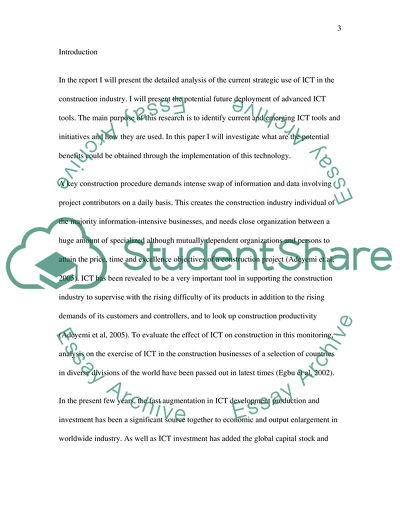Cite this document
(The Current Strategic Use of ICT Case Study Example | Topics and Well Written Essays - 2000 words, n.d.)
The Current Strategic Use of ICT Case Study Example | Topics and Well Written Essays - 2000 words. Retrieved from https://studentshare.org/engineering-and-construction/1720604-construction-ict-applications
The Current Strategic Use of ICT Case Study Example | Topics and Well Written Essays - 2000 words. Retrieved from https://studentshare.org/engineering-and-construction/1720604-construction-ict-applications
(The Current Strategic Use of ICT Case Study Example | Topics and Well Written Essays - 2000 Words)
The Current Strategic Use of ICT Case Study Example | Topics and Well Written Essays - 2000 Words. https://studentshare.org/engineering-and-construction/1720604-construction-ict-applications.
The Current Strategic Use of ICT Case Study Example | Topics and Well Written Essays - 2000 Words. https://studentshare.org/engineering-and-construction/1720604-construction-ict-applications.
“The Current Strategic Use of ICT Case Study Example | Topics and Well Written Essays - 2000 Words”. https://studentshare.org/engineering-and-construction/1720604-construction-ict-applications.


